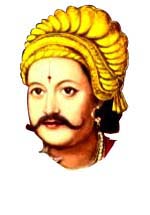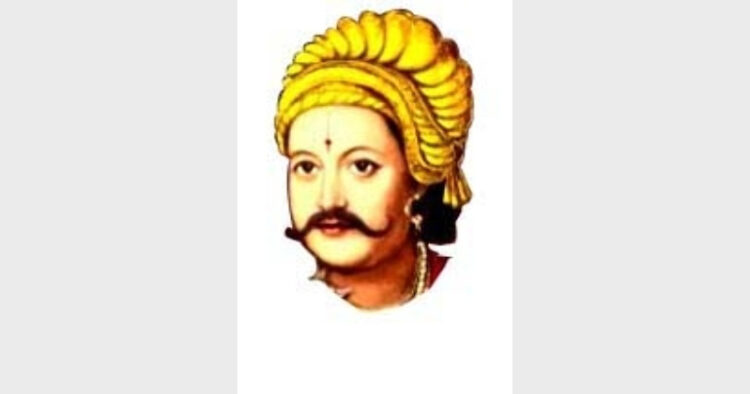
Children, advancement in science and technology has been the sole reason for the development of human civilisation and India has tremendously contributed in this field. Infact when we say that Mera Bharat Mahan, it really means that India is great. Ancient India was pioneer in developing rust free iron technology. Such metal from India was famous in contemporary Europe for sword making. The famous iron pillar of Delhi is a testimony to that technology. The pillar which has not rusted for the past 1,600 years is made up of 98 per cent wrought iron of pure quality, it is 23 feet 8 inches high, i.e. about seven meters high and has a diameter of 16 inches, weighing more than six tones. The pillar has been found to be the handiwork of a great Vishnu bhakta namely Chandragupta II Vikramaditya (380-413 AD) of the Gupta dynasty. The inscriptions on the pillars are in Sanskrit and refers to the mighty King. The story of the pillar traces the history of this metallurgical wonder and recounts that it was engineered in Udayagiri (Madhya Pradesh) and installed atop a hill. The original site of the pillar was the exact location when the imaginary line i.e. the Tropic of Cancer crosses India from where one can observe the sun rising in the east and setting in the west on spring and autumn equinox days. In 1234 King Iltutmish (1210-36 AD) the third sultan of Delhi’s slave dynasty captured Udyagiri and transported the pillar to Delhi as part of his victory booty. Recently the experts at the IIT Kanpur have resolved the mystery behind 1,600-year-old iron pillar. Metallurgists at IIT, Kanpur have discovered that a thin layer of MISAWITE—a compound of iron, oxygen and hydrogen—has protected the cast iron from rust. The protective layer was formed with the presence of high amount of phosphorus that acted like a catalyst. It was a unique iron making process practiced by ancient ironsmiths in India who reduced iron into steel in one step by mixing it with charcoal. Modern blast furnaces, on the other hand use limestone in place of charcoal yielding molten slag and pig iron that is later converted into steel. In the process most phosphorous content is carried away by the slag.
—Aniket Raja
Acharya Prafulla Chandra Ray
Founder of India’s first Pharmaceutical company
Acharya Prafulla Chandra Ray was born on August 2, 1861 in Khulna district in the present-day Bangladesh. His father Harish Chandra Ray was a land proprietor. Up to the age of nine, Prafulla Chandra studied in a school in his village. In 1870 his family migrated to Calcutta and Ray and his elder brother were admitted to Hare School. When in the fourth standard, he suffered from a severe attack of dysentery and had to postpone his studies for a couple of years and return to his ancestral home in the village. However, he utilised this time in reading literature.
A pioneer of chemical research in India, Prafulla Chandra Ray joined the Presidency College as a Lecturer in Chemistry in 1889 after completing higher education at the Edinburgh University. With the help of a renowned French chemist, Berthelot, he did commendable research work in Ayurveda. His work History of Hindu Chemistry was published in 1902. In 1892, he founded Bengal Chemicals and Pharmaceutical Works, India’s first pharmaceutical company, which progressed phenomenally under his guidance. He attended several international science congresses and seminars as a representative of Indian Universities. In 1920, he was elected president of Indian Science Congress.
Prafulla Chandra Ray’s ultimate aim was to make use of the wonders of science for the uplift of the masses. He wrote several articles on science, which were published in leading journals of time. Also an ardent social worker, he was actively involved in famine relief work in 1922 in north Bengal. He advocated the use of Khadi and started several cottage industries. A firm believer in rationalism, he condemned the decadent social customs such as untouchability. He continued with his constructive social reform work till his death. (FOC)













Comments